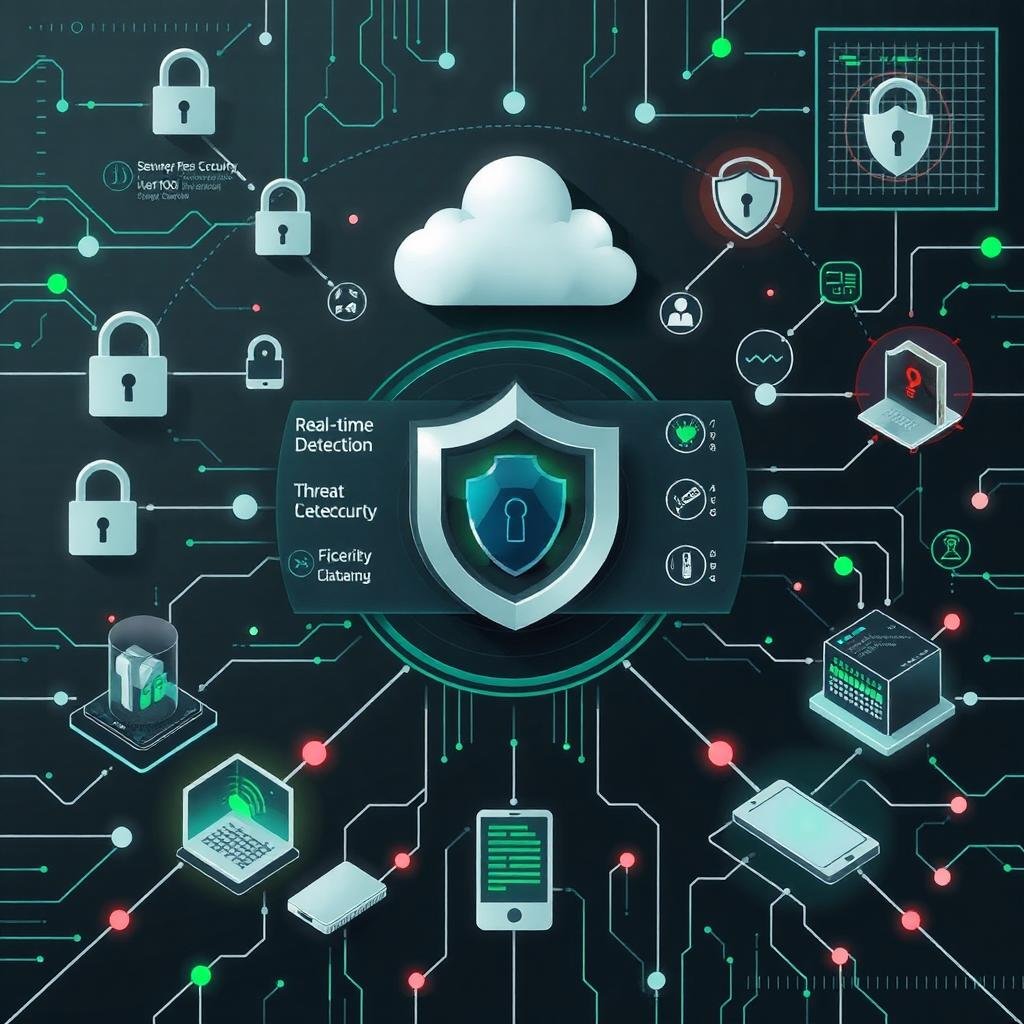In today’s digital landscape, cybersecurity has become a critical concern for businesses of all sizes. With the increasing frequency and sophistication of cyber threats, protecting your organization’s data and infrastructure is not just a technical necessity but a strategic imperative. This blog post aims to demystify cybersecurity, offering insights into key concepts, common threats, and practical steps you can take to safeguard your business.
What is Cybersecurity?
Cybersecurity encompasses the practices, technologies, and processes designed to protect computer systems, networks, and data from digital attacks. These attacks can come in various forms, including malware, phishing, and ransomware, and they aim to disrupt operations, steal sensitive information, or cause financial damage.
Key Concepts in Cybersecurity
- Confidentiality, Integrity, and Availability (CIA Triad):
- Confidentiality ensures that sensitive information is only accessible to authorized individuals.
- Integrity involves maintaining the accuracy and completeness of data.
- Availability ensures that information and resources are accessible when needed.
- Authentication and Authorization:
- Authentication verifies the identity of users or systems, typically through usernames, passwords, or biometrics.
- Authorization determines the permissions and access levels granted to authenticated users.
- Encryption: This process encodes data so that only authorized parties can decode and access it. Encryption is crucial for protecting data both at rest (stored data) and in transit (data being transmitted).
Common Cyber Threats
- Malware: Short for malicious software, malware includes viruses, worms, trojans, and ransomware. These programs are designed to damage, disrupt, or gain unauthorized access to systems.
- Phishing: Phishing attacks deceive individuals into providing sensitive information, such as login credentials or financial details, by masquerading as legitimate communications.
- Ransomware: This type of malware encrypts a victim’s data and demands payment for the decryption key. Ransomware attacks can cripple business operations and lead to significant financial loss.
- Denial-of-Service (DoS) Attacks: These attacks overwhelm systems or networks with excessive traffic, causing them to become unavailable to legitimate users.
Best Practices for Cybersecurity
- Implement Multi-Factor Authentication (MFA): MFA adds an extra layer of security by requiring users to provide two or more verification factors before gaining access to systems or data.
- Regular Software Updates: Keeping software and systems up-to-date is crucial for protecting against known vulnerabilities that cybercriminals could exploit.
- Employee Training: Educate employees about cybersecurity best practices, such as recognizing phishing attempts and using strong, unique passwords.
- Backup Data Regularly: Regular backups ensure that you can recover your data in case of a cyberattack or system failure. Store backups securely and test them periodically.
- Use Firewalls and Antivirus Software: Firewalls help block unauthorized access to your network, while antivirus software detects and removes malicious programs.
- Develop an Incident Response Plan: Having a plan in place for responding to cyber incidents can minimize damage and help you recover more quickly. Your plan should include steps for identifying, containing, and eradicating threats, as well as communicating with stakeholders.
The Role of Cybersecurity in Business Strategy
Cybersecurity is not just an IT concern; it’s a fundamental aspect of your overall business strategy. A robust cybersecurity posture can protect your organization’s reputation, ensure compliance with regulations, and build trust with customers and partners.
Investing in cybersecurity measures is essential for mitigating risks and ensuring the long-term success of your business. By understanding the key concepts, recognizing common threats, and implementing best practices, you can create a secure environment that supports your organization’s growth and resilience in an increasingly digital world.
Conclusion
As cyber threats continue to evolve, staying informed and proactive is your best defense. Prioritizing cybersecurity is not a one-time effort but an ongoing commitment to protecting your digital assets and maintaining the trust of your stakeholders. By following the guidelines outlined in this post, you can strengthen your cybersecurity framework and safeguard your business against potential threats.
For more detailed guidance and personalized recommendations, consider consulting with cybersecurity professionals who can tailor strategies to meet the specific needs of your organization. Stay vigilant, stay updated, and stay secure.
